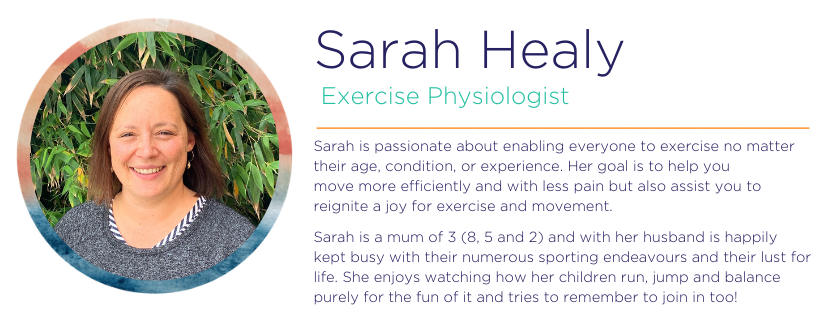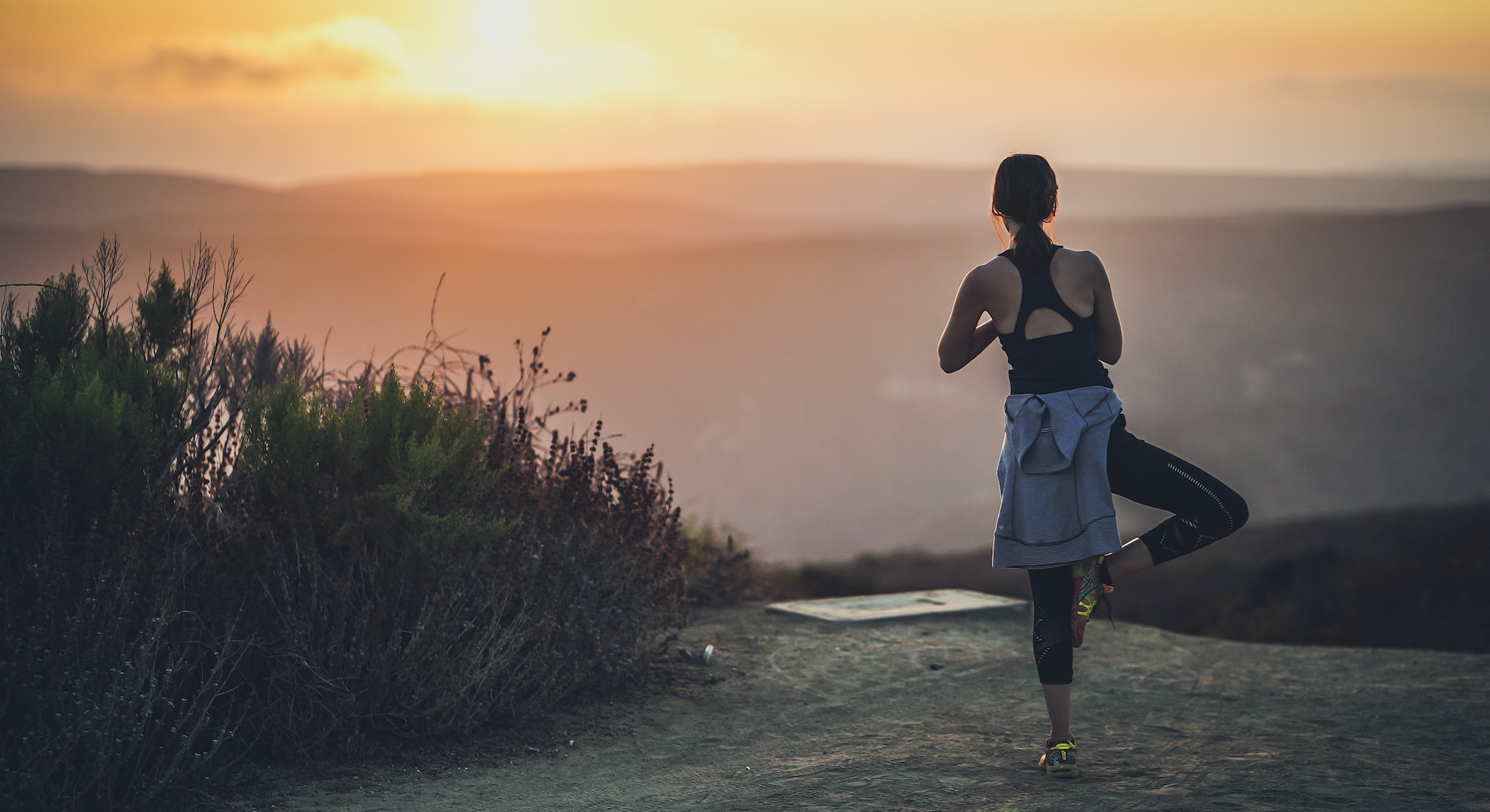The discomfort and pain related to endometriosis is reducing physical activity participation. However, there is good reason to start exercising.
Exercise can play a role in how we live with a condition and while there haven’t been many controlled and randomised studies that can establish a role of physical activity in the progression of endometriosis or preventing the occurrence, exercise in itself can help us tolerate the pain and inflammation relating to many chronic conditions.
When we exercise our brain releases endorphins, the feel-good chemical. Endorphins can work like pain relievers to lower our experience of pain and the best part is that it only takes 10 minutes of moderate exercise for our body to start making it. Regular exercise has also been shown to decrease oestrogen in the body and decrease inflammation in our system.
If exercise is new to you since your diagnosis or you have avoided it for years, it is important to start slowly. Find what works for you and listen to your body. Slow, gentle and supportive exercises like yoga, walking and swimming or any water-based exercises are a good place to start.
Hydrotherapy provides a gravity-eliminated environment, meaning your body is supported in the water which can help with your joint range of movement and decrease the ‘jiggling’ of our body during exercise which many find aggravates back and pelvic pain. Here in Geelong, Leisurelink Aquatic Centre is one location with a warm 33-degree hydrotherapy pool open to the public. You can start with walking forwards, backwards and sideways, freestanding or holding onto the edge and trying leg swings – forward/backward or out and in to the side. Also try squatting down so your arms are in the water and pushing arms through the water forward and backward or out to the side like a bird flying. They help to increase your heart rate for fitness and improve muscle strength and range of movement.
Exercises with strong abdominal straining such as crunches, planks and sit ups and high intensity exercises are best avoided until you are exercising regularly and know how you respond.
If you don’t want to leave the house and can stand up from a chair and sit down with relative comfort, repeat it. This too is an exercise.
You don’t have to commit to a 1-hour class, one exercise done daily is a great place to start and you can gradually increase it when you’re ready. Everyone is different and so will respond differently to each exercise. If something isn’t for you try something new.
If you have any questions, please feel free to contact me at sarah.healy@wholebodyhealthandwellness.com.au.

